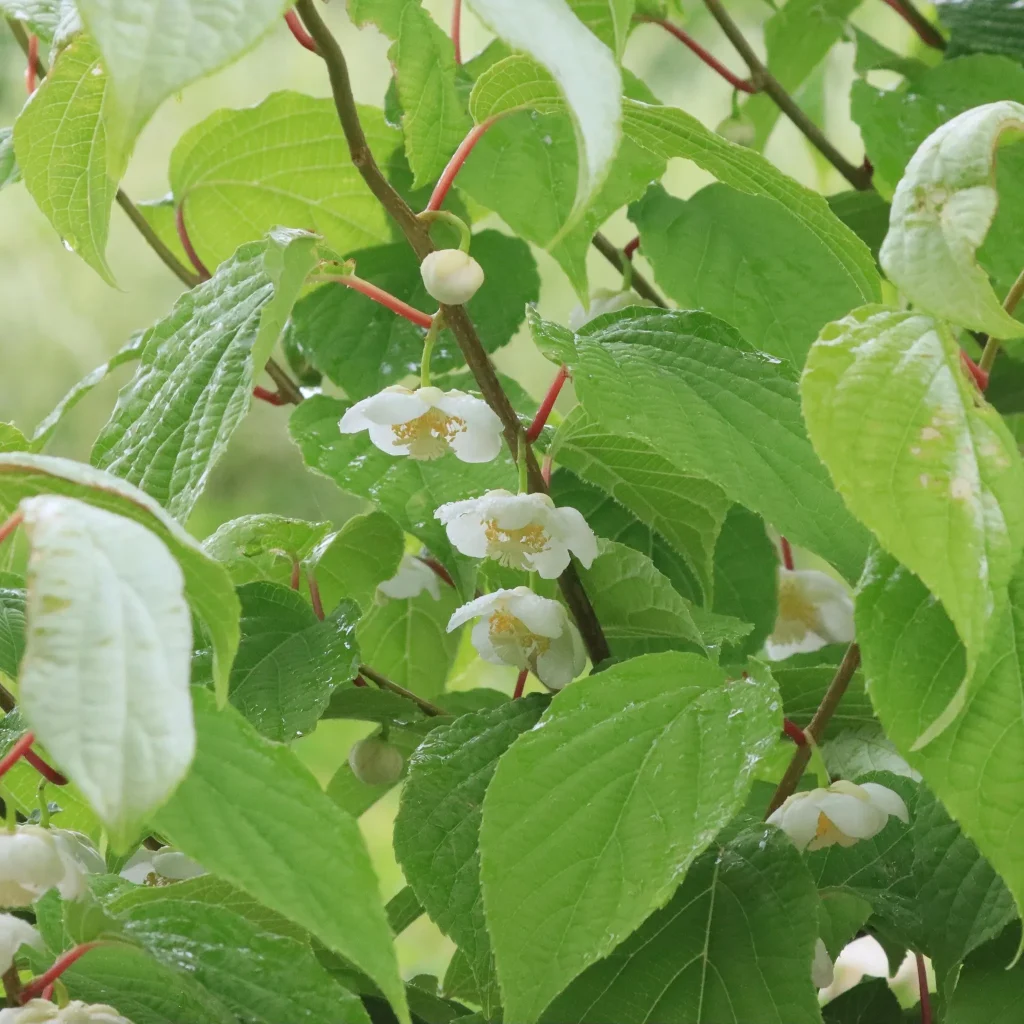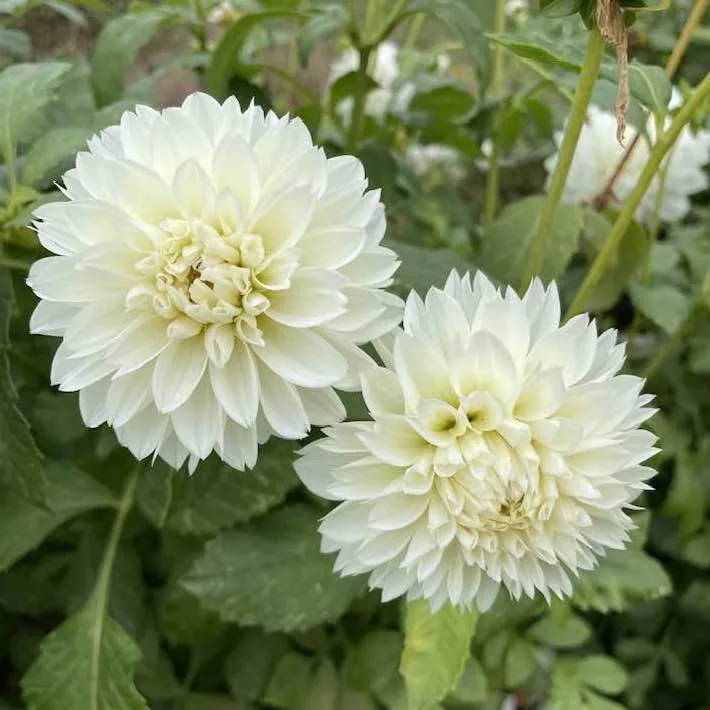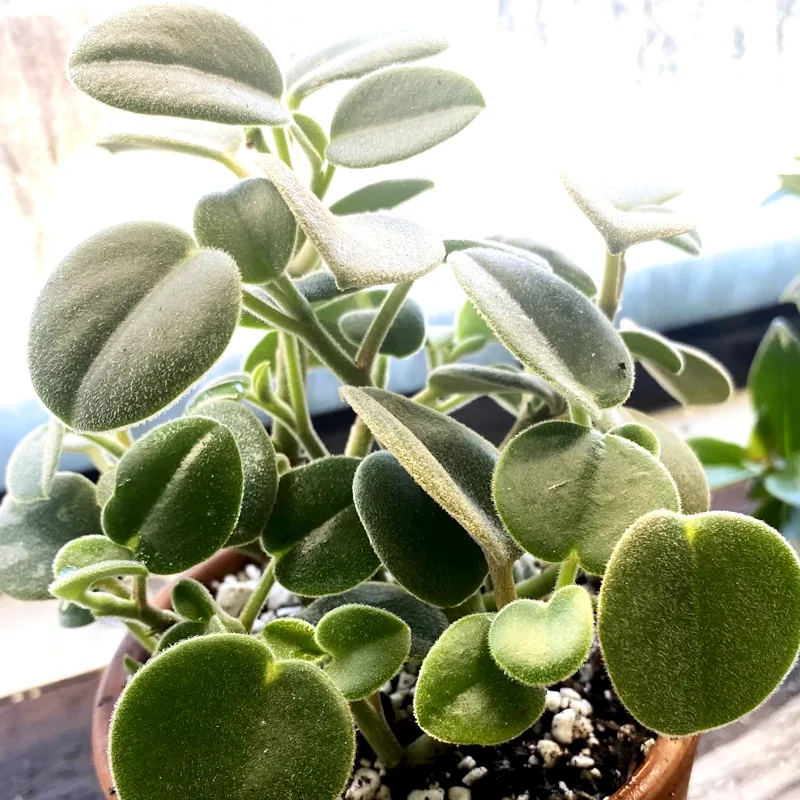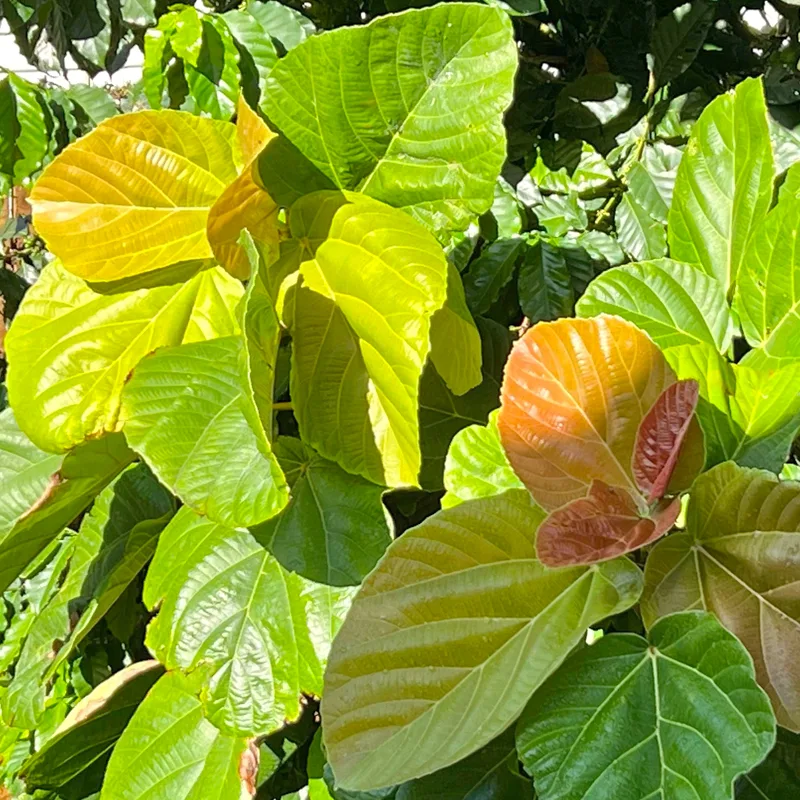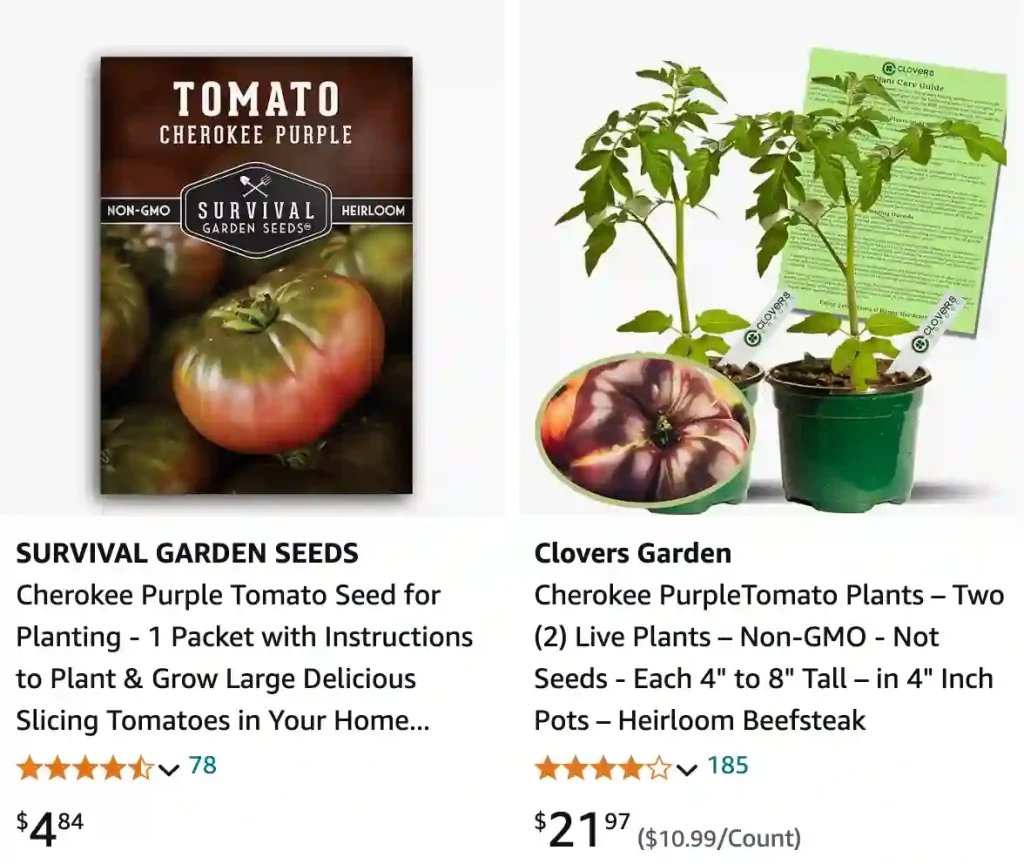
FAQs About Cherokee Purple Tomato
As a tomato enthusiast, I’ve had my share of experiences with Cherokee Purple tomatoes(Solanum Lycopersicum ‘Cherokee purple’). These heirlooms are not only delicious but also come with their own set of questions and quirks. Here’s a comprehensive guide based on my personal experiences and research, addressing the most frequently asked questions about Cherokee Purple tomatoes.
1238 Species in Genus Solanum
Are Cherokee Purple Tomatoes Determinate or Indeterminate?
Cherokee Purple tomatoes are indeterminate. This means they continue to grow and produce fruit throughout the growing season until frost kills the plant. Unlike determinate varieties that grow to a certain height and then stop, indeterminate tomatoes keep climbing and fruiting, making them ideal for a long harvest season. You’ll need to provide a sturdy support structure, like cages or trellises, to accommodate their growth.
When to Pick Cherokee Purple Tomatoes?
Picking Cherokee Purple tomatoes requires a bit of patience and observation. They are usually ready to harvest about 80 to 90 days after transplanting. The best time to pick them is when the tomatoes have turned a deep, dark purple with a slight softness to the touch. They should feel slightly squishy but not mushy. If picked too early, they may not develop their full, rich flavor.
How to Grow Cherokee Purple Tomatoes?
Growing Cherokee Purple tomatoes is quite rewarding. Start by choosing a sunny location, as these plants thrive in full sun with at least six to eight hours of direct sunlight daily. Prepare the soil with good compost and ensure it is well-draining. I usually start seeds indoors about 6-8 weeks before the last expected frost. Once seedlings are strong enough and after the danger of frost has passed, transplant them into your garden. Ensure they have plenty of space, as they can spread out quite a bit.
When Are Cherokee Purple Tomatoes Ripe?
Cherokee Purple tomatoes are ripe when their color shifts from a greenish hue to a deep, dusky purple. They will also feel slightly soft when gently squeezed. The ripening process can vary depending on environmental conditions, so keep an eye on them and be patient. Ripe tomatoes can be picked and enjoyed immediately or allowed to ripen a bit more off the vine.
How Tall Do Cherokee Purple Tomatoes Grow?
Cherokee Purple tomatoes can grow quite tall, often reaching heights of 6 to 8 feet. This growth habit is typical of indeterminate varieties. To support the plants, use sturdy cages or stakes to prevent them from collapsing under the weight of their fruit and foliage. Regular pruning of the side shoots can help manage their size and improve air circulation.
What to Do with Cherokee Purple Tomatoes?
Cherokee Purple tomatoes are incredibly versatile. Their rich, complex flavor makes them perfect for slicing and eating fresh in salads, sandwiches, and burgers. They’re also excellent for making sauces, salsas, and soups. Because of their low moisture content compared to some other varieties, they can be used in cooking without being overly watery.
Are Cherokee Purple Tomatoes Good for Canning?
While Cherokee Purple tomatoes are delicious fresh, they are not typically the best choice for canning due to their low acidity. Low-acid tomatoes can pose safety risks when canning because they require special processing to prevent bacterial growth. For canning, you might want to choose higher-acid tomato varieties or use a canning recipe that includes added acid, like lemon juice or vinegar, to ensure safety.
How Big Do Cherokee Purple Tomatoes Get?
Cherokee Purple tomatoes are known for their impressive size. They can grow to about 8 to 12 ounces each, and sometimes even larger. The fruit is typically round or slightly ribbed, with a distinctive dark purple color. Their size and flavor make them a standout choice for home gardeners and chefs alike.
What Are Cherokee Purple Tomatoes Good For?
Cherokee Purple tomatoes are valued for their rich, sweet, and slightly smoky flavor. They are excellent for fresh consumption in salads and sandwiches. Their unique taste also shines in cooked dishes such as sauces and salsas. Due to their deep color, they add a beautiful touch to any dish and are perfect for those who appreciate heirloom varieties.
Are Cherokee Purple Tomatoes Heirloom?
Yes, Cherokee Purple tomatoes are an heirloom variety. They have been passed down through generations and are known for their historical significance and unique flavor. Heirloom tomatoes are typically open-pollinated, meaning they are pollinated by natural processes and will produce seeds that grow true to type.
Are Cherokee Purple Tomatoes Low Acid?
Cherokee Purple tomatoes are considered low to moderate in acidity. This lower acidity level is part of what contributes to their rich, mellow flavor. However, this trait also means they are less suitable for canning unless additional acidic ingredients are used.
Cherokee Purple Tomato vs. Black Krim
When comparing Cherokee Purple to Black Krim tomatoes, both varieties are praised for their rich, complex flavors. Cherokee Purple has a slightly sweeter, smoky taste and a more consistent purple color, while Black Krim often has a darker, more reddish hue with a tangier flavor profile. Both are indeterminate and grow to similar heights, but personal preference for flavor might determine which one you prefer.
What Is the Best Soil for Cherokee Purple Tomatoes?
Cherokee Purple tomatoes prefer rich, loamy soil that is well-draining. Adding compost or well-rotted manure to your soil can improve its fertility and structure. The ideal soil pH is slightly acidic, between 6.0 and 6.8.
How to Care for Cherokee Purple Tomatoes?
Regular watering, especially during dry spells, is crucial for Cherokee Purple tomatoes. Aim to keep the soil consistently moist but not waterlogged. Mulching around the base of the plant can help retain moisture and suppress weeds. Additionally, regular feeding with a balanced fertilizer can promote healthy growth and fruit production.
How to Propagate Cherokee Purple Tomatoes?
Cherokee Purple tomatoes are typically propagated from seeds. Start seeds indoors about 6-8 weeks before the last frost date. Once seedlings are strong enough, transplant them outdoors after the risk of frost has passed. You can also take cuttings from mature plants, though this is less common for tomatoes.
What to Plant with Cherokee Purple Tomatoes?
Companion plants for Cherokee Purple tomatoes include basil, which can enhance their flavor and repel pests, and marigolds, which help deter nematodes and other garden pests. Avoid planting tomatoes near potatoes or other nightshades, which can increase the risk of disease.
Cherokee Purple tomatoes are a fantastic addition to any garden. Their rich flavor and historical significance make them a rewarding choice for any tomato lover.
If i die, water my plants!
